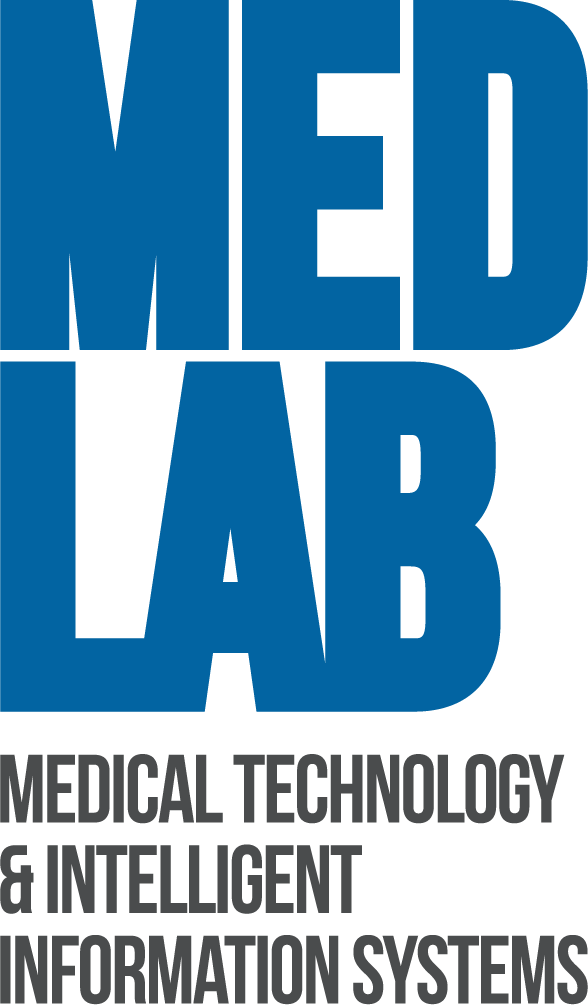The use of short-term prediction algorithms of the subcutaneous (s.c.) glucose concentration may contribute significantly to the prevention of hypoglycemic events and the daily management of insulin-treated diabetes. We have treated s.c. glucose prediction as a multivariate regression problem using support vector regression (SVR). The method is based on variables concerning: (i) the s.c. glucose profile, (ii) the plasma insulin concentration, (iii) the appearance of meal-derived glucose in the systemic circulation, and (iv) the energy expenditure during physical activities. We have also extended our SVR model to predict separately the nocturnal events during sleep and the non-nocturnal (i.e. diurnal) ones over 30-min and 60-min horizons for a hypoglycemic threshold of 70 mg/dl. Additional variables have been introduced accounting for recurrent nocturnal hypoglycemia due to antecedent hypoglycemia, exercise and sleep. The application of RF and RreliefF feature evaluation algorithms on real-life Type 1 diabetes data has also been proposed as a means to customize the input of glucose predictive models.
Modelling of glycaemic control in diabetic patients
Modelling of human glucose metabolism in patients suffering from Diabetes Mellitus is an attractive research topic. Our aim is to develop dynamic models of the metabolic behaviour of insulin-treated diabetic patients (either type-1 or type 2) to predict the influence of specific parameters on glucose level and provide decision support to both the patient and the treating physician.

Modelling human glucose metabolism in Diabetes Mellitus patients requires the development of complex algorithms and the measurement of a number of parameters. Different approaches to glucose metabolism modelling have been investigated in the literature.
We aim to develop dynamic models of the metabolic behaviour of insulin-treated diabetic patients (either type-1 or type 2) to predict the influence of specific parameters on glucose level and provide decision support to both the patient and the treating physician. The model of the glucose metabolism of diabetic patients will provide predictions of patient’s blood glucose value based on both traditional data (e.g. insulin and exogenous glucose characteristics, subcutaneous glucose concentration) and contextual patient-specific data such as dietary habits, physical activity and energy expenditure. All the available data will form a database that will be used to generate patient-specific models of the glycaemic profile. Methods based on pattern and computational intelligence, time series analysis, fuzzy modelling and data mining will be used in order to analyse the main processes affecting glucose metabolism in diabetic patients and implement a glycaemic profile regarding an individual.
